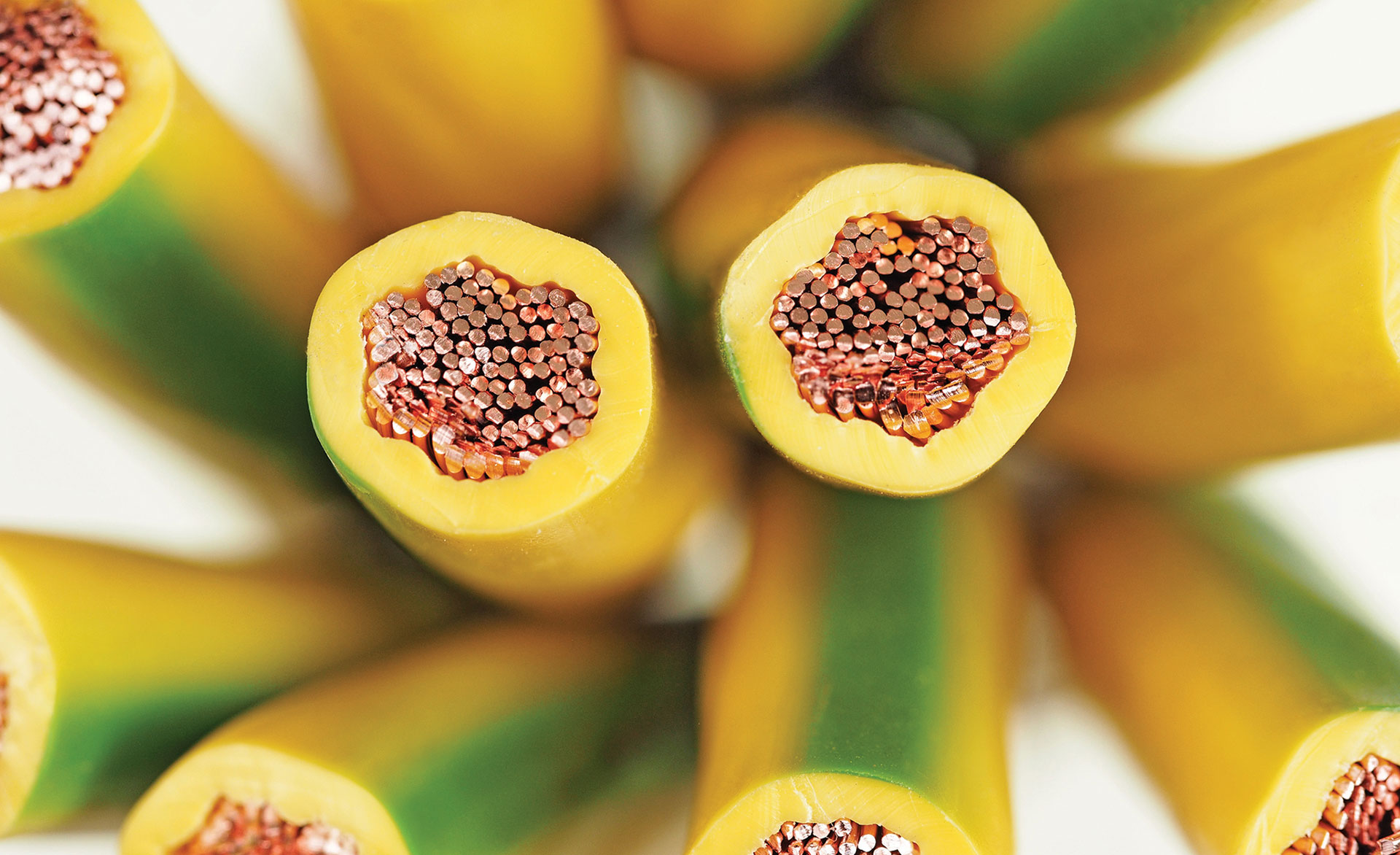
03 Synthetic Rubber and Elastomers
3.1 /SBR (Styrene-Butadiene Rubber)
3.2 /BR (Polybutadiene Rubber)
3.3 /Polyisoprene Rubber
3.4 /EPDM
03 Synthetic Rubber and Elastomers
03.1. SBR (Styrene-Butadiene Rubber)
A general purpose stable synthetic rubber, used in great quantities in the production of auto and truck tires, mainly as an abrasion-resistant substitute for natural rubber. Also used in a wide range of products, from gaskets, belts, flexible hoses and floor tiles to toys, sponges, sanitary products, surgical gloves and chewing gum.
The SBR range includes the SBR 1500, SBR 1502 and SBR 1712 products.
03.2. BR (Polybutadiene Rubber)
Highly elastic with a very high degree of resistance to dynamic stress, retaining these properties even in extremely low temperatures. Mainly used in tire manufacturing and as an additive to improve the mechanical strength of ABS plastics.
The BR range includes the SKD-2 and SKD-ND products.
03.3. Polyisoprene Rubber
Synthetic rubber with properties, such as resilience, low hysteresis, low rolling resistance and high fatigue resistance, similar to natural rubber. Used in a wide variety of industrial applications requiring low water swell, high gum tensile strength, good resilience, high hot tensile strength and good tack to improve manufacturability and lower costs.
Polyisoprene rubber-based gum compounds are used in rubber bands, cutting strings, baby bottle nipples and extruded hose, while black loaded compounds are used in tires, motor mounts, pipe gaskets, shock absorber bushings and many other molded and mechanical products.
The product currently available is SKI-3.
03.4. Butyl Rubber
ΒΚ-1675N synthetic rubber is a product of isobutylene and isoprene
copolymerization in methyl chloride medium used in the production of tire inner tubes,
diaphragms of shaper-vulcanizers and butyl latex.
03 Synthetic Rubber and Elastomers
03.5. EPDM
Used in a wide range of applications, EPDM (ethylene propylene diene monomer M-class rubber) is an elastomer with outstanding heat, ozone and weather resistance, good polar substance and steam resistance, as well as excellent electrical insulating properties. It features good compatibility with hydraulic fluids, ketones, hot and cold
water, and alkalis.
EPDM is available in a range of molecular weights in terms of Mooney viscosity ML(1+4) at 125 °C and varying levels of ethylene and oil content.
Used mainly as a sealant in glass-run channels, radiators, garden and appliance hose, tubing, pond liners, washers, belts, electrical insulation, O-rings, solar panels, heat collectors and speaker cone surrounds. It is also used in electrical cable-jointing, roofing membranes (does not pollute run-off rainwater), geomembranes, mechanical rubber products, thermoplastics and many other applications.

